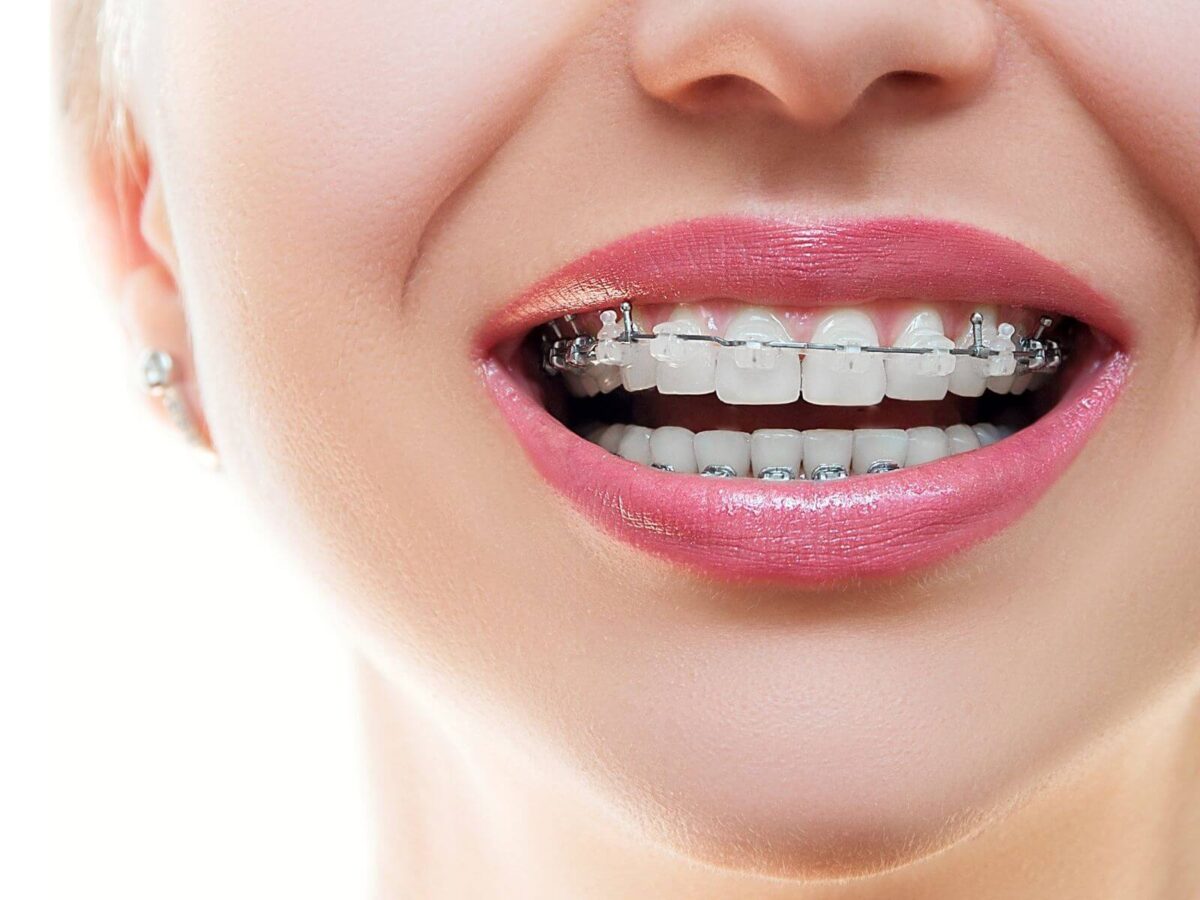Blog
Dental hygiene tips for healthy teeth & gums

How To Put Rubber Bands On Braces
Attaching rubber bands to braces is difficult at first, but it becomes easy with the right technique. Orthodontic rubber bands (elastics) save the day for straightening teeth and resolving biting difficulties.
This detailed article explains the benefits of rubber bands with braces and how to put them on. The suggestions by Riverwalk Dental Potranco make the task easier and quicker.
What is the Significance of Rubber Bands?
Braces and rubber bands play an essential role in orthodontic treatment. They assist in correcting misalignments more effectively than braces alone by applying the necessary additional force to shift teeth and jaws into the proper position.
An orthodontist may recommend elastic arrangements to narrow spaces, realign your bite, or shift teeth. Wear these rubber bands as directed by your orthodontist for the best results rapidly.
Putting on Rubber Band over Braces
We will go over the processes suggested by Riverwalk Dental Potranco to help you correctly apply your rubber bands.
1. Rinse Your Hands
Before you start, make sure your hands are completely clean. Use a lot of water and soap. It will help keep bacteria out of your mouth and make it less likely that sickness will start near your teeth or gums.
2. Familiarize With Pattern
Your orthodontist will provide you with the recommended pattern for donning rubber bands. The arrangement is tailored to meet your specific orthodontic requirements. Here are a few typical setups:
- The second class of orthodontic treatments involves repositioning the upper canines to meet the lower molars using elastics.
- The elastics that run from the lower canines to the upper molars help to straighten underbites.
- Crossbite and vertical elastics may need to be placed in a particular way in order to help certain bite disorders.
You can make the best things happen. When using orthodontic elastic bands, make sure to follow your orthodontist’s instructions properly.
3. Attach the Rubber Band
To attach the rubber band to your upper teeth, begin with one side and ensure it is on the correct bracket. A plastic hook or other tool provided by your orthodontist can make stretching and placing the band much easier.
4. Stretching the Rubber Band
Once you’ve secured the band to the upper bracket, be cautious as you draw it down to the bottom bracket that matches your braces. Start gently to avoid snapping the rubber band.
5. Repeat the Procedure
If you have elastics on both sides, just turn it over and do it again on the other side. Getting into the habit of wearing both elastics at the same time will improve your treatment.
How to Wear and Care For Rubber Bands
Putting on rubber bands could be a bit of a pain at first, but you’ll get the hang of it. A mirror makes checking the placement of the rubber bands easier. It is recommended that you complete this work in a well-lit mirror.
Always follow the instructions on how often to wear your rubber bands. If you wear them properly, the duration you’ll require braces may be reduced, which could affect the length of your therapy.
Rubber bands become less flexible over time. You might need to change them several times a day, so keep an extra set on hand.
Most orthodontists tell their patients to take off their rubber bands before they eat because they are more likely to break or wear out that way. Just put them back in right after eating to keep making progress.
Riverwalk Dental Potranco Tells You How to Avoid the Most Common Mistakes
1. Not Taking Any Days Off
You must wear the rubber bands every day for them to move your teeth correctly. This means that the length of treatment or growth may be slowed down. Follow the schedule your orthodontist gave you.
2. Doubling the amount
Don’t double up on rubber bands because you think they will speed up the process when they won’t. Excessive strain on your braces may result in injury to your lips or teeth, in addition to amplifying overall discomfort.
3. Disregarding the Size
Bands may come in various sizes and style alternatives. It is possible that the bands will not press your teeth adequately if they are either too big or too little. It may cause discomfort. Braces used with too strong force may harm teeth or lips. The suffering might be more.
4. Not Considering Scale
Rubber bands vary in size and form somewhat widely. If the bands are either too big or too small, they might not be able to exert enough pressure on your teeth, which may be uncomfortable.
Overcoming Challenges and Correcting Errors
If the rubber bands hurt or make it hard for you to put them on, you should talk to your dentist. They might know more about what tools to use or how to finish the application.
You may experience some discomfort in the initial few days. However, if this persists, it is advisable to consult your orthodontist to confirm that the treatment is proceeding according to plan.
If you follow your orthodontic treatment plan, including wearing the elastics as prescribed, you will see results. With speedier alignment and bite correction, braces can be removed sooner. Wearing your braces regularly reduces the risks and helps your teeth adjust smoothly.
Conclusion
Applying rubber bands to braces requires practice, but it’s easy once you do. Your orthodontist will tell you how to utilize elastics and straighten your smile. When in doubt, see Riverwalk Dental Potranco. Learn orthodontic care from them to align teeth and reduce pain. Working hard and practicing helps straighten your teeth quickly.


